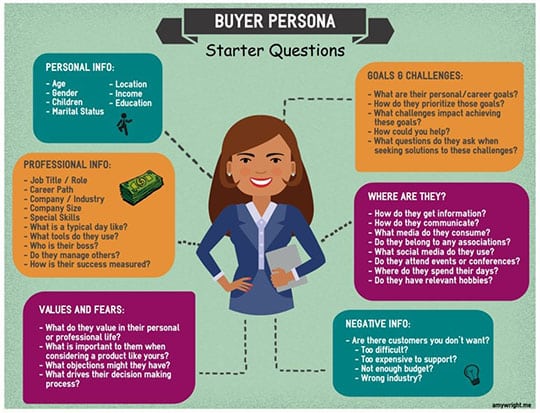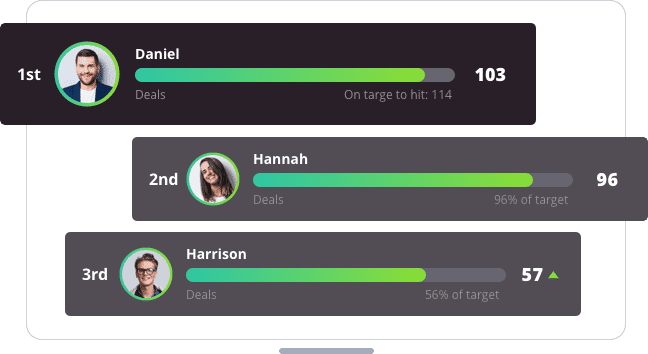If you work in sales or marketing, the term “sales funnel” probably rings a loud bell. But let’s be real, putting sales funnels into practice is still a bit of a mystery.
In this article, we’re going to demystify sales funnels and show you how you can use them to increase your sales.
Let’s take a look!
What Is a Sales Funnel?
A sales funnel is a sales concept that visualizes the “journey” a lead takes towards converting into a customer.
Source: MailMunch
It’s called a funnel because normally, a lot of people enter the process at the awareness stage, with only a few converting into paying customers by the end.
Sales Funnel Stages
Speaking of stages, there are 4 main sales funnel stages:
- Awareness – The lead is first hearing about your product, and what it can do.
- Interest – The lead is showing interest in your product because they believe it can solve their problems.
- Decision – The lead is paying more attention to details, as well as comparing your product to alternatives.
- Action – The lead turns into a customer.
There are additional stages, as well, depending on the interpretation and your unique business needs.
Our general advice is including stage no.5 as well:
- Retention – This stage is focused on motivating your customers to increase their lifetime value, as well as refer their friends.
The key to understanding your sales funnel is understanding your customers.
Conduct extensive audience research and create buyer personas.
Chances are, your current customers have similar behavioral patterns to those of your future customers.
Source: Good to SEO
Putting Sales Funnel Stages into Practice
The entire point of sales funnels is to understand how your customers reach you, and to understand their behavior at every stage so you can influence it, and make them choose your product.
- Awareness Stage
Awareness is focused on generating leads, so preferred methods here are:
- Cold outreach
- Inbound attraction
For example, you may invest into a PPC campaign, or have your sales reps use LinkedIn Navigator to find qualified leads and get in touch with them.
On the other hand, we have the inbound approach. The goal here is to find the qualified leads already looking for products or services like yours.
Sales teams typically do this through SEO, or Google PPC advertising, by targeting high-converting keywords.
Source: WOW Consulting
2. Interest Stage
Lead magnets are a powerful solution for attracting qualified leads.
Typically, your leads fill out their contact information in exchange for the lead magnet (e.g. eBooks, case studies relevant to the lead type, etc.).
This allows you to start the process of lead nurturing.
At this point, you should add your leads to your CRM so you can nurture them towards conversion. Typically, through email marketing or communication with your sales reps.
3. Decision Stage
At this stage, it’s important to convince your leads that your product is better than competitors’ products.
Helpful approaches are:
- Sending offers that emphasize benefits
- Communication with key leads to understand their unique needs, and then showing them how your product can solve their problems
- Sending hyper-targeted case studies that demonstrate how your product solves the problems of customers like your leads.
3. Action Stage
Carefully tailored offers are crucial at this stage.
In B2B spaces, this may require convincing top management, or providing your prospect with the materials necessary to convince their higher-ups (decision-makers).
5. Retention Stage
At this stage, your main focus should be retaining your customers and generating referrals to reduce your customer acquisition costs.
Create a structured onboarding program, have your reps follow up with customers, and offer them other products that fit their needs.
Monitoring Your Sales Funnel
Once you’ve modified your sales funnel to follow the behavior of your customers, it’s time to monitor your performance.
Some of the most important KPIs sales teams can use to monitor the health of their sales funnels are:
Awareness Stage KPIs
- Website visits
- Social media traffic
- Advertising traffic
- Lead acquisition cost
- Response rate
- Contact rate
Interest Stage KPIs
- Landing page performance
- Landing page conversion rate
- Qualification rate
- Lead to Interest rate
Decision Stage KPIs
- Follow-up rate
- Sent offer rate
- Research to response rate (How much time do your reps spend researching prospects vs. How many responses do they get?)
Action Stage KPIs
- Conversion rate (across the funnel, and by stages)
- Cost of customer acquisition
- Total customers and growth
- Total revenue won (and revenue won by revenue sources)
Retention Stage KPIs
- Referral rate
- Follow-up rate
Create and Maintain Great Sales Funnels with Spinify
Spinify can help you create and maintain a high-performing sales funnel.
As a gamified sales dashboard, Spinify both motivates your employees to perform necessary tasks, while allowing you to understand their performance.
After all, Spinify lets you see how your sales funnel is performing.
And when you can see it, you can improve it!








